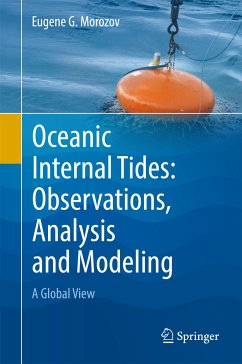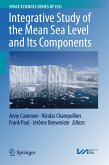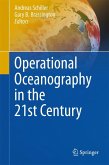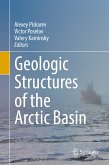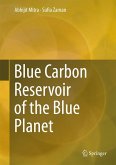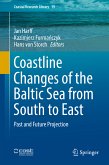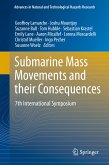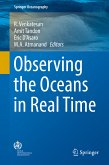Internal waves play a major role in the formation of seawater stratification and are responsible for the main processes of ocean dynamics, such as energy transfer and mixing. One of the most significant ideas presented in this book is the generation of internal tides over submarine ridges. Energy fluxes from submarine ridges related to tidal internal waves greatly exceed the fluxes from continental slopes. Submarine ridges form an obstacle to the propagation of tidal currents, which can cause the creation of large amplitude internal tides. Energy fluxes from submarine ridges account for approximately one fourth of the total energy dissipation of the barotropic tides. Model simulations and moored measurements have been combined to generate a map of global distribution of internal tide amplitudes.
This book is of interest to oceanographers, marine biologists, civil engineers, and scientists working in climate research, fluid mechanics, acoustics, and underwater navigation.
Dieser Download kann aus rechtlichen Gründen nur mit Rechnungsadresse in A, B, BG, CY, CZ, D, DK, EW, E, FIN, F, GR, HR, H, IRL, I, LT, L, LR, M, NL, PL, P, R, S, SLO, SK ausgeliefert werden.
Hinweis: Dieser Artikel kann nur an eine deutsche Lieferadresse ausgeliefert werden.

